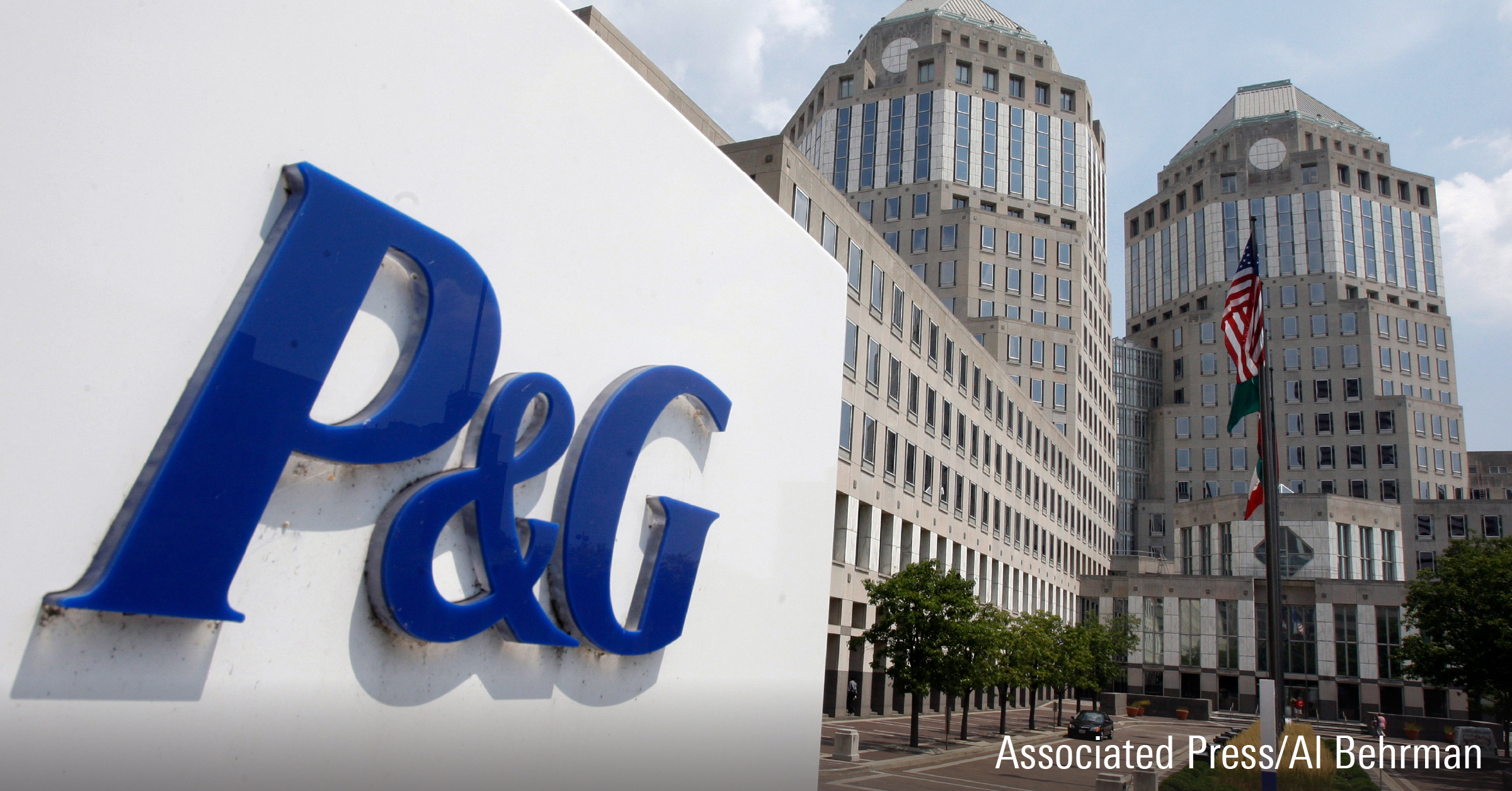Procter & Gamble Earnings: Muted Sales Growth Doesn’t Reflect a Stained Brand Mix
Though we don’t view the stock as a bargain, we think investors should keep it on their radar.

Key Morningstar Metrics for Procter & Gamble Company
- Fair Value Estimate: $141.00
- Morningstar Rating: 2 stars
- Morningstar Economic Moat Rating: Wide
- Morningstar Uncertainty Rating: Low
What We Thought of Procter & Gamble Company’s Earnings
For the first time in more than 20 quarters, Procter & Gamble PG posted just 3% organic sales growth, lagging the mid-to-high-single-digit marks that have characterized the business, primarily on the heels of less price contribution (3%, down from 7% in the first quarter). However, we don’t believe this signals cracks in the firm’s competitive prowess.
From where we sit, P&G’s strategic aims—investing in product innovation and marketing to support its portfolio of daily use, as well as essential offerings—should ensure its brands maintain clout with retailers and consumers. We believe the prudence of these aims manifests in the robust 7% growth posted in the firm’s European-focus markets (where volumes increased 4% on 3% higher prices), which have outsize private-label share.
Impressively, consolidated margin gains also ensued, with adjusted gross up 310 basis points to 51.3% and operating margins up 90 basis points to 22.1%. These came despite a 14% bump in quarterly marketing spending. We think P&G will remain laser-focused on unearthing cost savings, reducing overhead, lowering material costs, and increasing manufacturing and marketing efficiency. Beyond boosting profits, we see these initiatives as providing the fuel to invest behind its brands, which we think will persist. We forecast P&G to funnel around 13% of sales to research, development, and marketing on average annually over our forecast.
With the firm’s fiscal year nearing its close, management held the line on its organic sales growth target of 4%-5%, but edged up its adjusted EPS outlook to 10%-11% growth from 8%-9%. As such, we don’t expect to alter our $141 fair value estimate (beyond time value) or our long-term forecast of 4% annual sales growth and mid-20s operating margins. Though we don’t view shares as a bargain, we think investors should keep this wide-moat name on their radar, in case concerns around competition and a weakening macro landscape offer a more attractive entry point.
Procter & Gamble Stock vs. Morningstar Fair Value Estimate
The author or authors do not own shares in any securities mentioned in this article. Find out about Morningstar’s editorial policies.

/s3.amazonaws.com/arc-authors/morningstar/c612f59b-89e0-422a-8f71-3eb1300d1a2c.jpg)
/cloudfront-us-east-1.images.arcpublishing.com/morningstar/U746MWXQHFFZPLSMTEJSUD7HLY.png)
/cloudfront-us-east-1.images.arcpublishing.com/morningstar/KPHQX3TJC5FC7OEC653JZXLIVY.jpg)
/cloudfront-us-east-1.images.arcpublishing.com/morningstar/OBA7UVI75RGFDOHGJTZ2FK542Q.jpg)
:quality(80)/s3.amazonaws.com/arc-authors/morningstar/c612f59b-89e0-422a-8f71-3eb1300d1a2c.jpg)